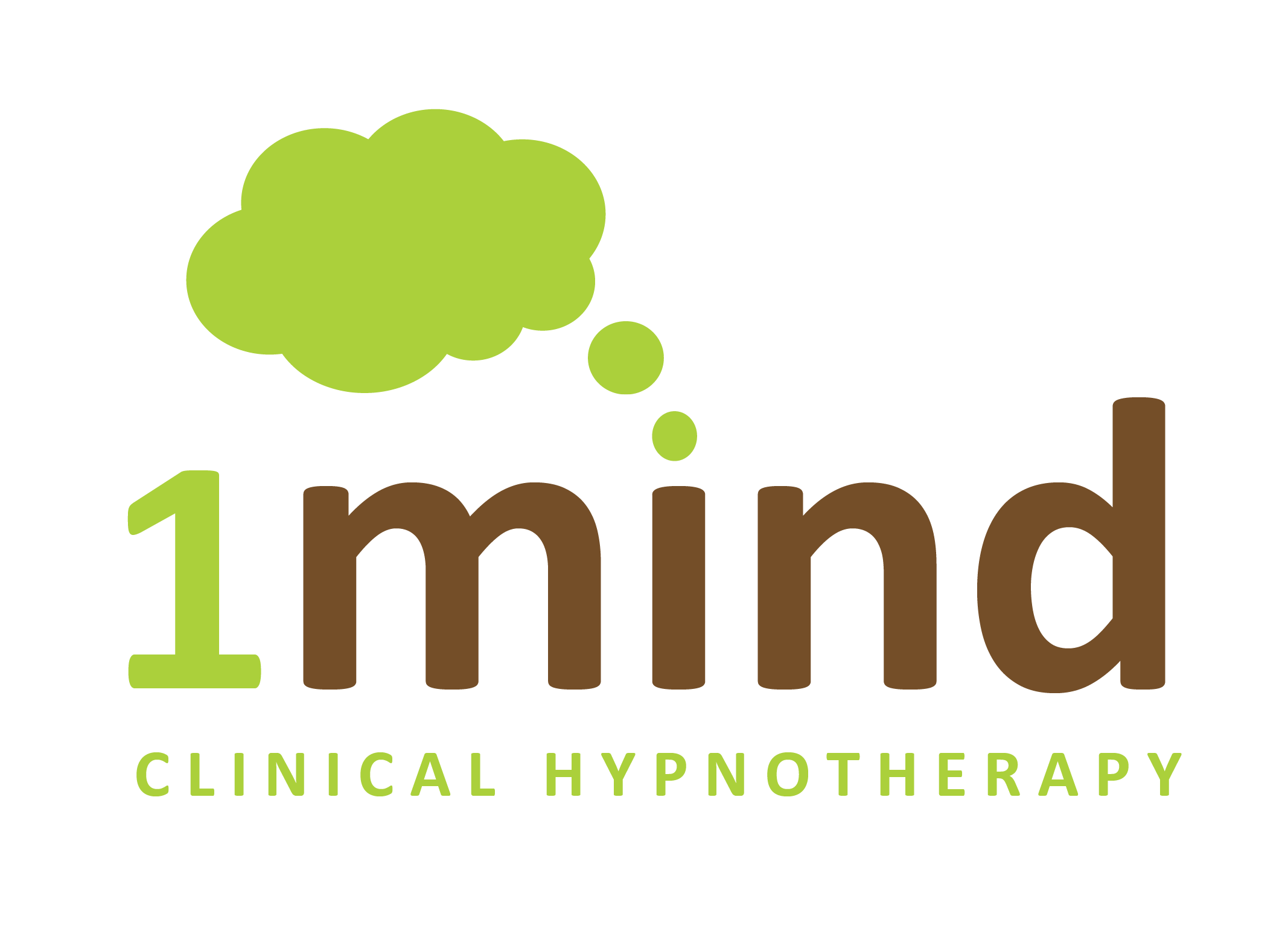It’s common for children and even adults to react the same if they are also subjected to some of what I’ve listed here, adults may need the help that EASY EMDR can give them:
- Being directly involved in the trauma, especially as a victim
- Severe and/or prolonged exposure to the event
- Personal history of prior trauma
- Family or personal history of mental illness
- Severe behavioural problems
- Limited social support; lack of caring family and friends
- Ongoing life stressors such as moving to a new home or new school, divorce, job change, or financial troubles.
Some symptoms may require immediate attention from a mental health professional especially if these symptoms involve:
- Flashbacks
- Racing heart and sweating
- Being emotionally numb
- Being extremely sad or depressed
- Feeling suicidal or expressing thoughts to end life
With mental health services being critically underfunded, or simply just not affordable or available in some communities and countries, then EMDR is widely recognised by all clinical bodies as a suitable immediate intervention, but with access to such therapists either unaffordable, rare or completely non-existent, then this book may just be the long term, affordable and positive complete solution you and your family been looking for. After all according to the National Institute for Mental Health it is 91% effective, and in our clinical studies with this particular system it is recorded 99% effective.
EMDR has now become, affordable, simple and easy to learn how to use at home or in the community, the unique treatment of EMDR to reduce anxiety and stress within your own family. The treatment is suitable for both adults and now children with our unique magical interpretation.
EASY EMDR bridges the gap between private professional treatment and home therapy – this could therefore be considered as First Aid for the Mind!
In fact it’s SO simple as you will see, the actual EMDR Treatment itself is ONLY one step! The initial steps are not in fact EMDR, they are just the steps to identify what to work on to make the subject feel well again. The final step is to ensure the treatment has worked and what to do if it needs a little ‘tweak’ here and there – it really is THAT EASY! And the EMDR phase is just making sure the subject’s left and right brain is stimulated, by eye movement, touch or sound, where the subject follows your fingers left to right, or by you clicking to the left and right of the head, or tapping their knees, when thinking about the memory identified in the first stages.
The traditional EMDR process uses an EIGHT step protocol, it’s important to understand that this model hasn’t been changed or altered, it’s just been simplified and in doing so a few tips have been added in the guides that will make the process even easier to learn. For therapists, clinicians or medical professionals or those wishing to change career to practice EMDR, or just those interested to learn more, perhaps you’d like to read the original eight step protocol and how this compares to the simplified four step process above which I’ve detailed at the rear of the book. But do you need to know this as parent, friend, or family member to practice simple EMDR – NO!
With a complete quick and easy to follow step by step break down of each sequence to achieve full resolution of the subjects anxieties at home, this guide also contains an alternative step by step children’s guide for adults and professionals for use to bring to life the world of ‘wizarding magic’ to carry out the treatment in an exciting and easy to imagine process for children.
Now you can go on to learn how to use wands and magical circles and crystal balls to allow a person to extract thoughts from someone’s mind and examine them externally and when they are in this form those distressing ‘excess’ memories can be removed and the emotional attachment reduced.

